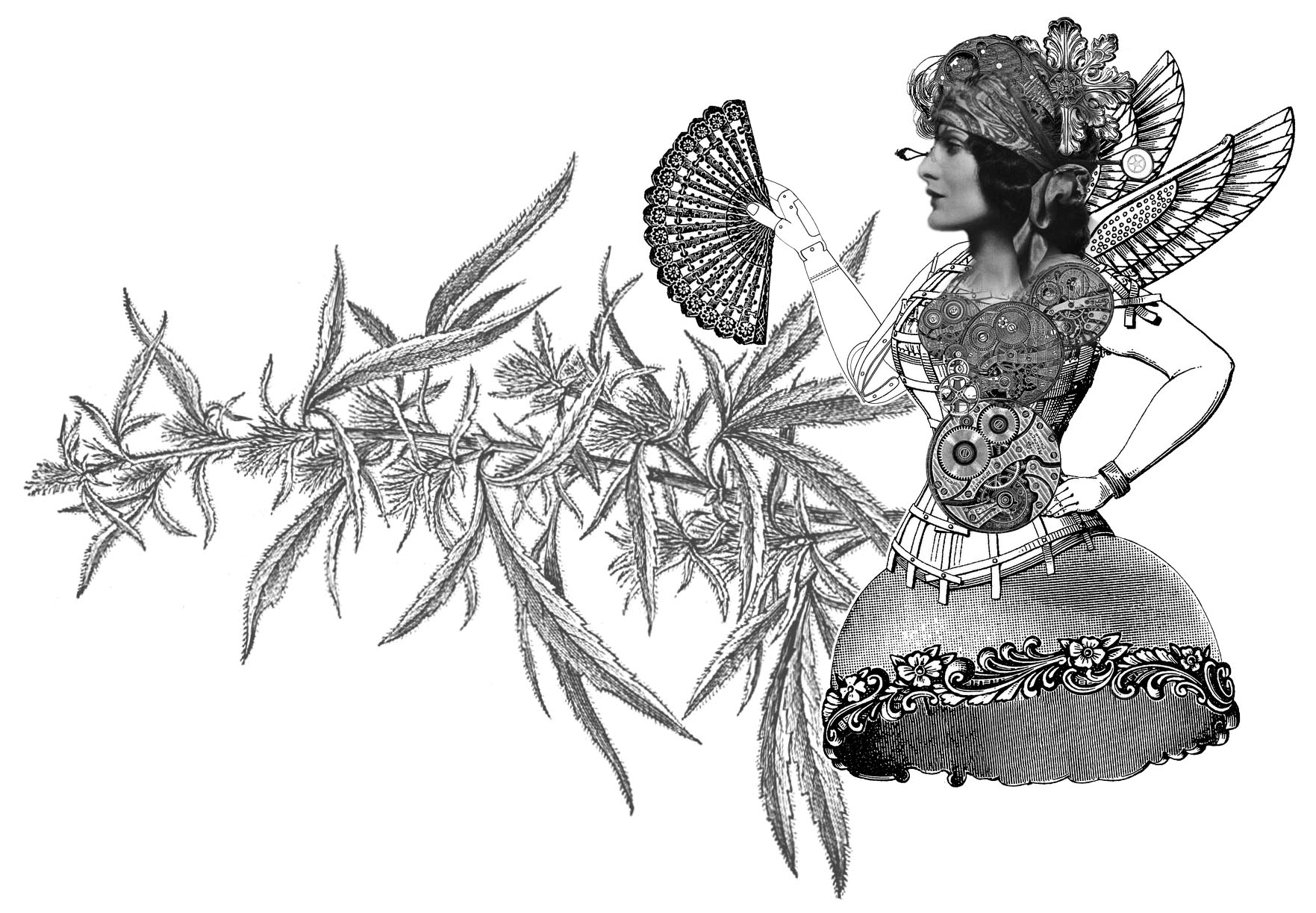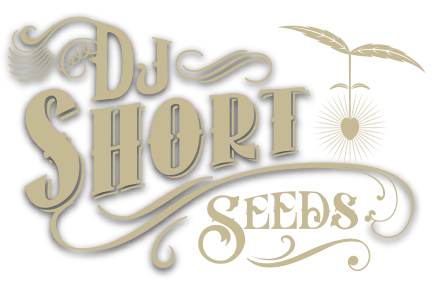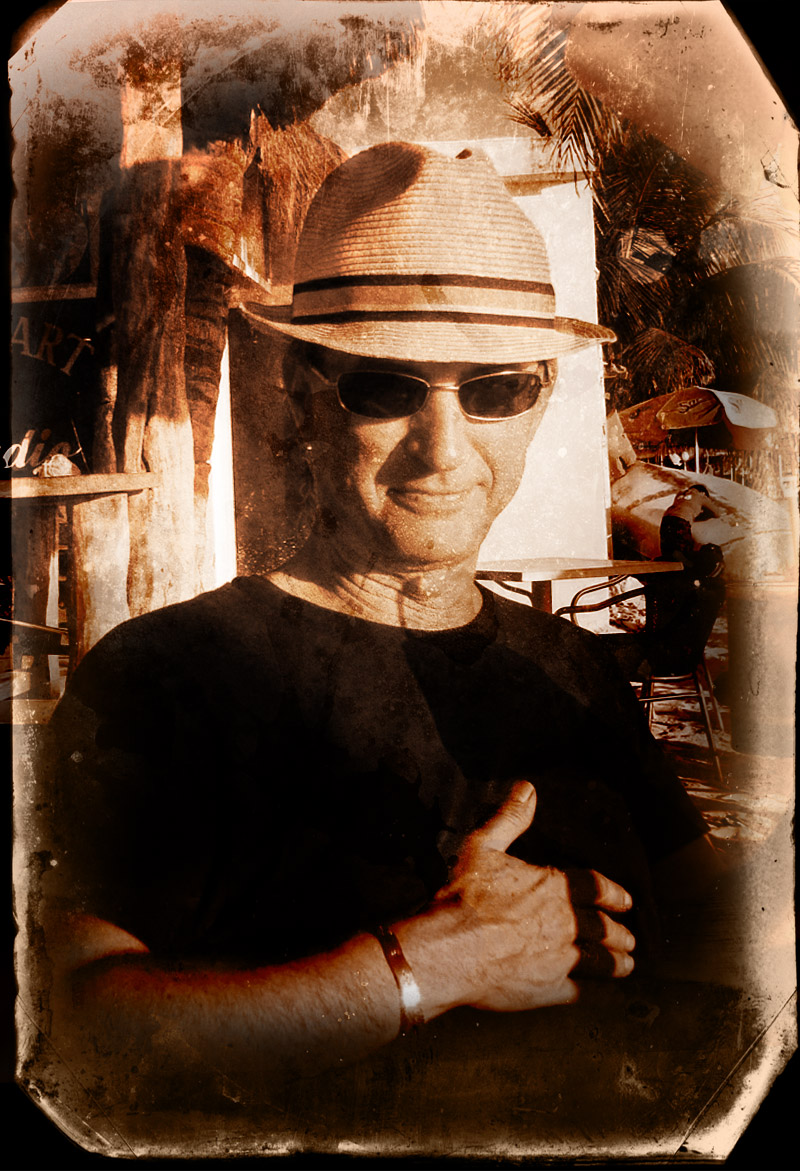They call him the Willy Wonka of Pot, the Wizard of Weed, and the Cannabis Professor – and all of the above terms do DJ Short absolutely justice.
A Detroit native, but currently operating out of Oregon, Daniel John “D.J.” Short has been practicing his magical marijuana alchemy since 1978, when he started experimenting with cloning techniques under a fluorescent desk lamp at the foot of his bed.. Since then he has crafted many popular cannabis strains, the most iconic being Blueberry, which actually smells like fresh blueberries.
DJ’s innovative breeding skills earned him a spot in the High Times Seed Bank Hall of Fame, which commemorates “brave pot pioneers and trailblazers.” He was spotlighted as “The Willy Wonka of Pot” in a 5,000-word tome for the website Grantland, and wrote the 2003 book “Cultivating Exceptional Cannabis: An Expert Breeder Shares His Secrets.”
Short has inherited his passion for cannabis and natural ability to successfully crossbreed Sativa and Indica varieties into award winning super strains from his Romanian great-grandmother. She was a gypsy herbalist who grew cannabis and other herbs for medical purposes, eventually passing down her acquired knowledge and skills to her daughter.

Short’s first taste of pot didn’t come from his grandmother’s pharmacy, but in a more typical way when he and friends purchased a bag. At the time, Short said, he was a skinny teenage boy who struggled with depression sparked by his parent’s divorce. He started with cannabis when he was about 14, and in essence, it saved his life. It took him six tries before he actually experienced a high, but when he finally did, he was seized with the overwhelming urge to eat an omelette. Pot gave him the appetite he lacked and set him on his path.
In addition, marijuana soothed his mother’s pain after a stroke. His girlfriend, after undergoing chemotherapy for her first bout of stage three breast cancer, survived a second bout by taking massive doses of cannabis oil.
Short often compares the subtleties of pot to fine wines. The olfaction chart used by cannabis connoisseurs is much like the wine wheel. Tasters can detect a diverse array of aromas such as fruit and berries, grasses, teas and even ozone, funeral parlor flowers or chemical astringents.
Most of the weed available back then was ditch weed, low-quality product of Mexican origin, but Short used his nose for quality to climb the ladder: When he ran into good weed, he always saved a little bit, and if he needed to impress someone, he’d pull out his stash. He gradually found suppliers of better and better bud, wonders from “sweet spots” around the globe.
One day in 1973, Short bought a box of cereal that
came with a plastic seed sprouter. Out of simple curiosity, he moistened the chamber, inserted a bud from his stash of Hawaiian, and watched with delight as it grew roots and a sprout.
By now, High Times was publishing monthly. The first instructional books on how to grow the plant came along in ’76 or ’77. Short bought some fluorescent shop lights and began experimenting. He grew indoors to avoid getting caught. His plants were all Sativa at first. Sativa takes 16 weeks to grow and is notoriously difficult to maintain; Short’s grow rooms teemed with hundreds of pain-in-the-ass plants. A solution seemed to come along in the late ’70s, when American indoor growers started circulating Indicas, a breed of plant imported from Afghanistan; around the same time, the first High Intensity Discharge lights became available — first metal halide lights, then even more powerful sodium lights.
Blasted by these indoor suns, the Indicas grew faster and were easier to maintain than the Sativas, but they produced a stupefying, narcotic high. Short grew Indicas, smoked them, and decided he didn’t like how they made him feel. He was after bliss. He wanted pot that would light up his neural pathways and whip him back to the sweet aromas and epiphanies of the old Oaxacans and Thais.
The answer, he thought, was to create some kind of hybrid — a plant with sweet-spot traits that would be easier to grow indoors. He started crossing various Sativas and Indicas. The size of his operation actually diminished as he got better.

Part of it was fear, a need to stay below the radar — then-President Ronald Reagan was a zealous drug warrior — and part of it was just that Short didn’t need much equipment to make great pot: only a 16-square-foot closet, some bags of powdered bat guano for fertilizer, and his palate. After the plants flowered, he would scratch the stems or the half-developed leaves and sniff them. Sometimes he’d get floral or fruit notes, sometimes gear oil and gasoline.
Trial and error taught him which smells boded well and which ones meant danger; a skunk smell wasn’t necessarily bad, cinnamon wasn’t necessarily good. (It was only recently that he began sending samples to The Werc Shop, a cannabis testing facility in California, which gives him data about the plants’ terpenes.) He selected the plants he liked, grew them to maturity, cured the buds, and smoked them for as long as six months before releasing them, to ensure quality.
He was constantly comparing his own product to the A-grade stuff in his stash, and by 1981, he thought he’d created something special — a series of Sativa-Indica crosses that smelled of honey and berries. One was his soon-to-be-famous Blueberry, which produced “a seriously narcotic and euphoric body high.” After Blueberry came Flo, a psychedelic, motivational herb. DJ circulated some clones, and the plants spread quickly, taking root in Oregon, California, Europe, and beyond. Today, most any strain with “blue” or “berry” in the name is either a clone or an ancestor of something that Short first nurtured in his closet in Oregon.

